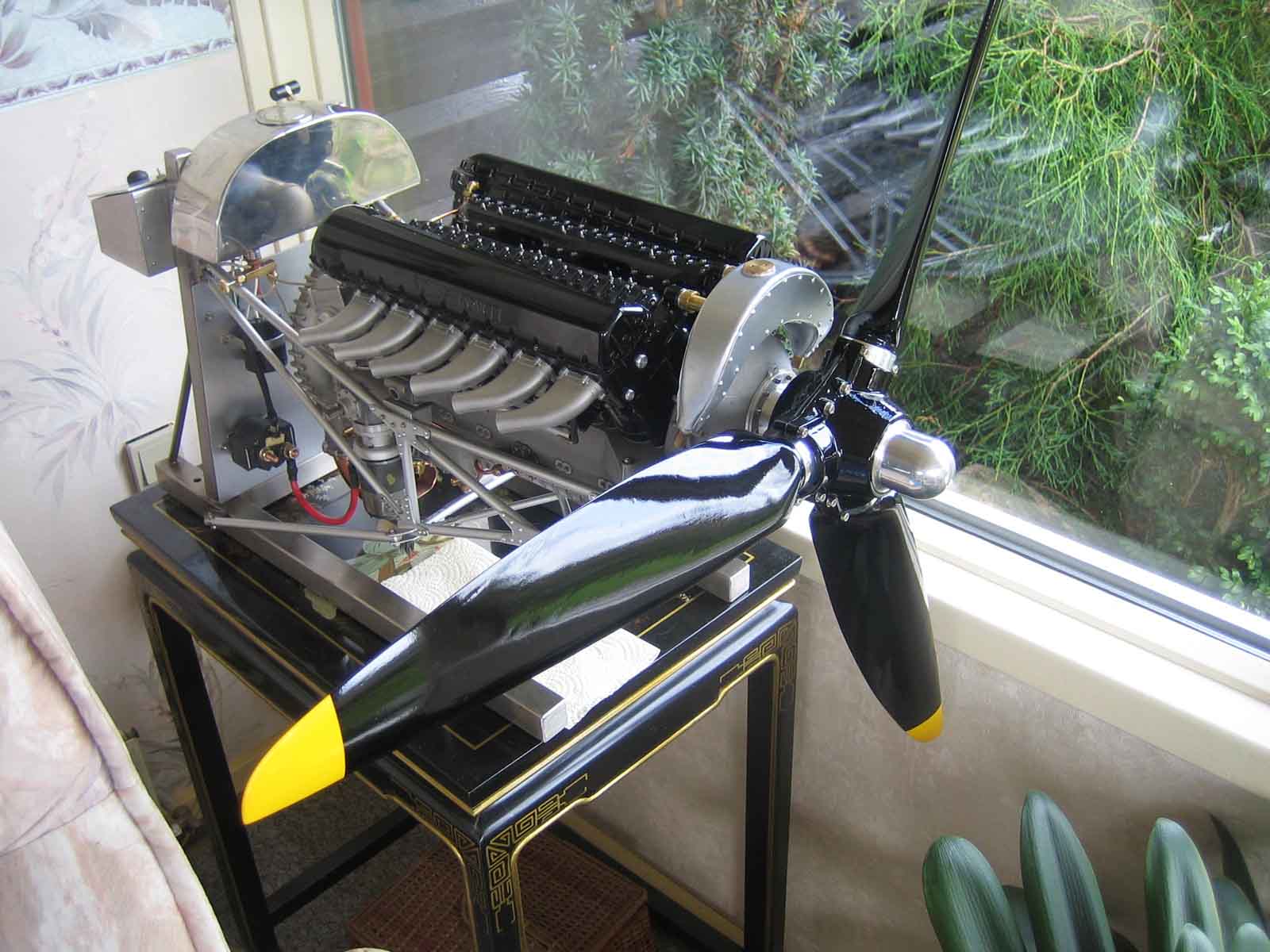Caution
Cutting a crankshaft from bar stock is a complex and dangerous work. Keep your machines clean, keep out chips or all other objects that may interfere during the various phases of manufacturing.
Myford Super7 lathe has been used over its possibilities in dimensions and power.
During the manufacturing, it is important to check the amplitude of the movement by turning the machine manually. Do not hesitate to measure several times the same quotation.
Keep attention of parallaxes errors during the reading with calliper. Unsettle the part regularly andre-check after cleaning. Don’t forget to deburr, because smudges are sources of errors. Think of your safety by using glasses, emergency button, etc. …
For an easier construction, it’s necessary to foreseen special equipments such as :
Jig bearing, grinding machine, steady, special tools.







































































